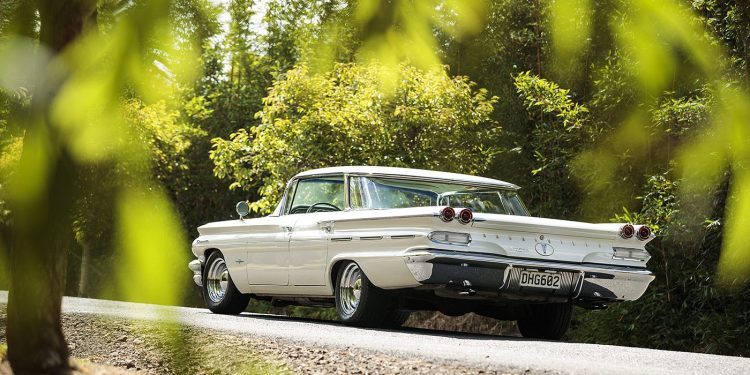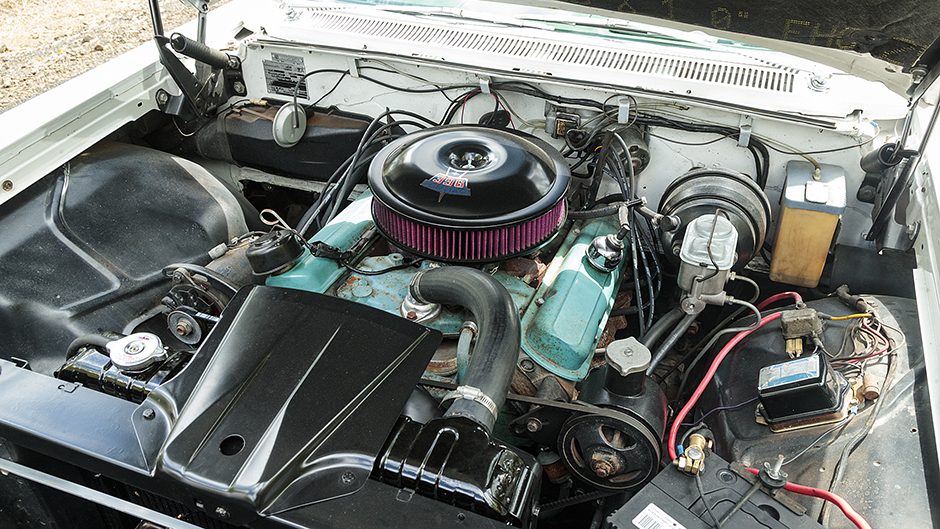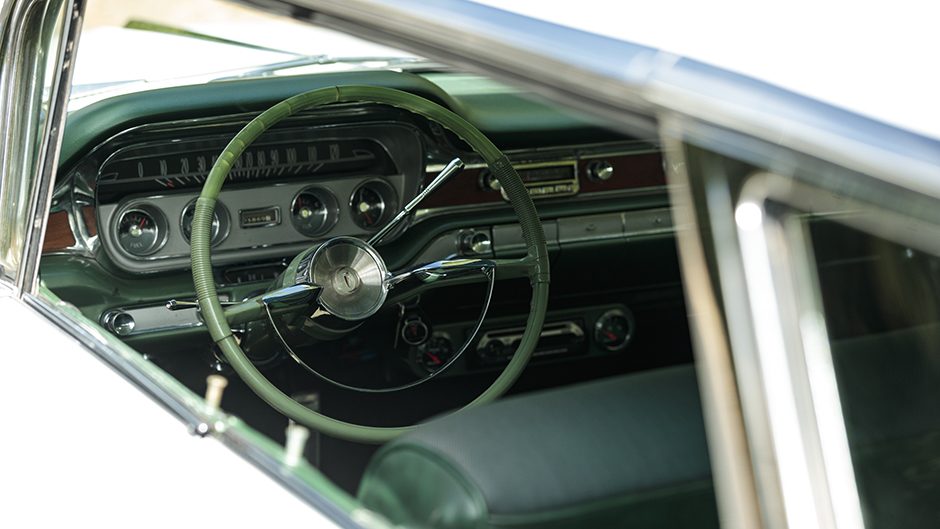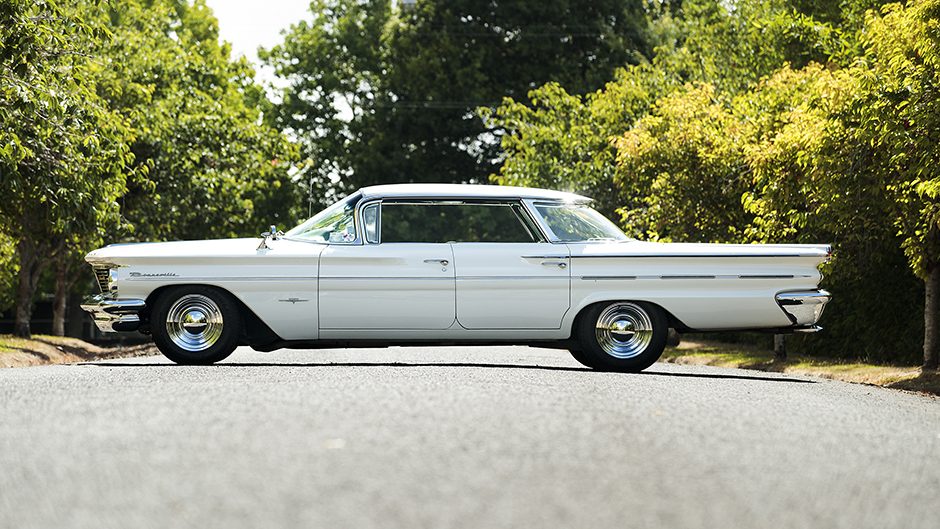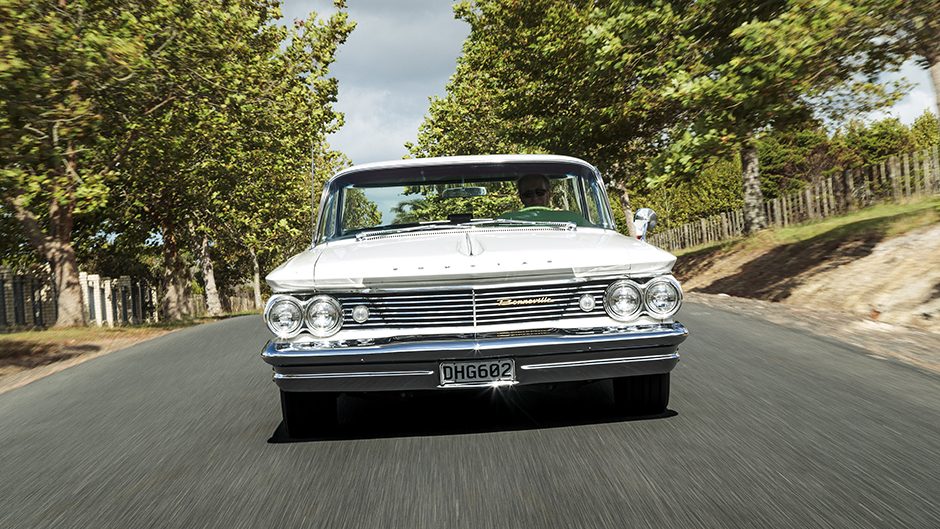1960 Pontiac Bonneville
Words Paul Owen | Photos Tom Gasnier
When Kumeu cabinetmaker, Steve Shafe, first spied a Cadillac sporting GM’s ‘flat-top’ roofline design, he knew he’d found a new focus for his burgeoning classic car aspirations.
The styling feature was a hallmark of GM’s full size cars for the 1959 and 1960 model years on and according to Steve; “there’s something about it that just clicked with me – I absolutely love the balance that it gives the cars.”
However he couldn’t see himself buying a Chevrolet or a Cadillac with the ‘aircraft carrier deck’ roofline that signaled the passing of the GM design leadership baton from Harley Earl to Bill Mitchell, “because just about everybody has one of those.”
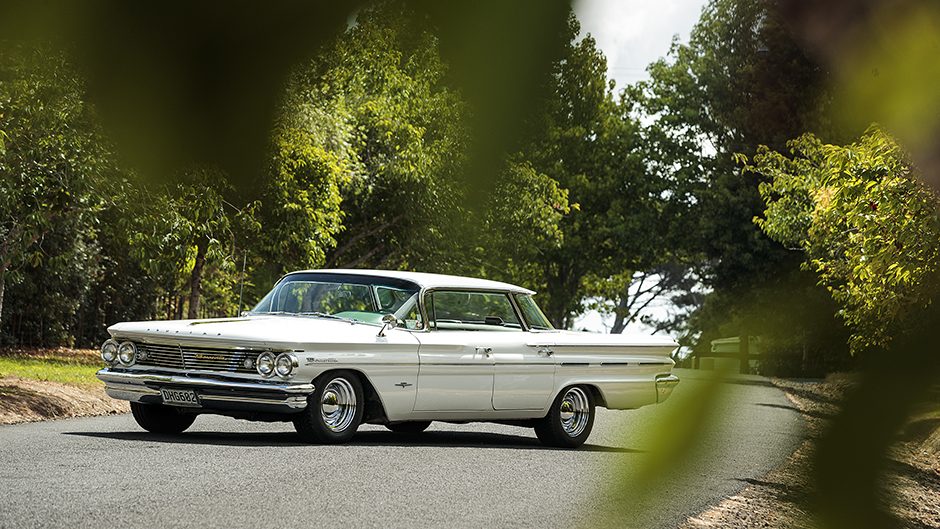
An Oldsmobile was out of the picture as well.
“When I saw a ’59 Oldsmobile flat-top, it just didn’t have the same balance as the other (GM) cars.
“Then a mate showed me a picture of a ’59 Buick, and told me ‘this is ugly enough and interesting enough for you.’
“I found one in Adelaide, and went over – it was in such good condition that I said to myself – ‘I had better not let this one go.”
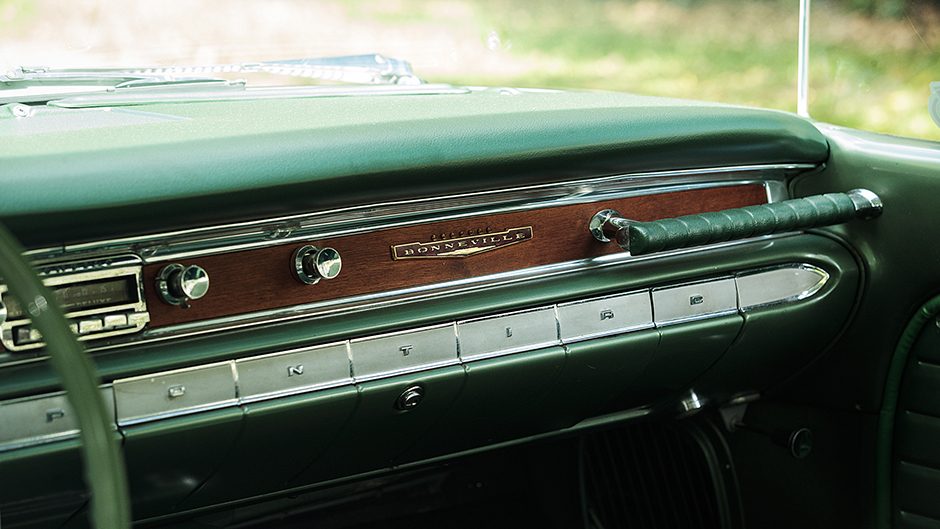
That was the start of Steve’s magnificent obsession with GM flat roof-liners. He still regrets selling the original Buick that he found in top condition in South Australia. However there’s plenty of cars still close at hand to fill the gap left by that first ’59. There’s his ’59 Buick Electra four-door in one garage, and his partner, Lex’s, ’59 Buick Sabre sedan shares garage space with this 1960 Pontiac Bonneville in another.
Given that it’s the most accessible car of the three mentioned, (Steve also has a ’58 Buick Limited, and Lex has a deuce of ’60 Ford Galaxies as well) it’s easy to suspect that it’s the Bonneville that gets the most time on the road. When it starts on just a whiff of fuel and a few degrees of crank rotation, it’s proof that the car gets plenty of use, although Steve says that it always fires that easily, even when left for a month or two.
The Bonneville first came to Steve’s notice when his ex-wife, Adriana, spotted it on an ebay auction page on a rainy Christmas Day in 2005. The car was for sale in Boise, Idaho, and had just two previous owners. The sellers had carefully documented all the work done, including new paint, bumpers, suspension bushes, and new lenses.
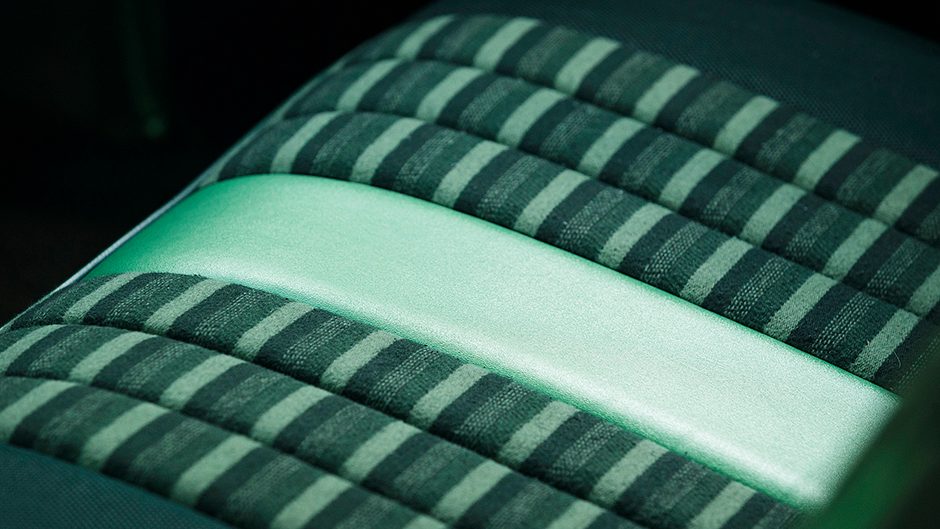
“They had spent over $US15,000 on it, so I rang them and talked it all through for half an hour before buying it (for $US11,800).
“When the car turned up, it was exactly how they’d described it.”
Steve then invested in some boot and engine bay restoration, and installed a 4-barrel Quickfire 600cfm carburettor atop the 389 cubic-inch V8
“I managed to buy it and put it on the road for around $30K New Zealand.”
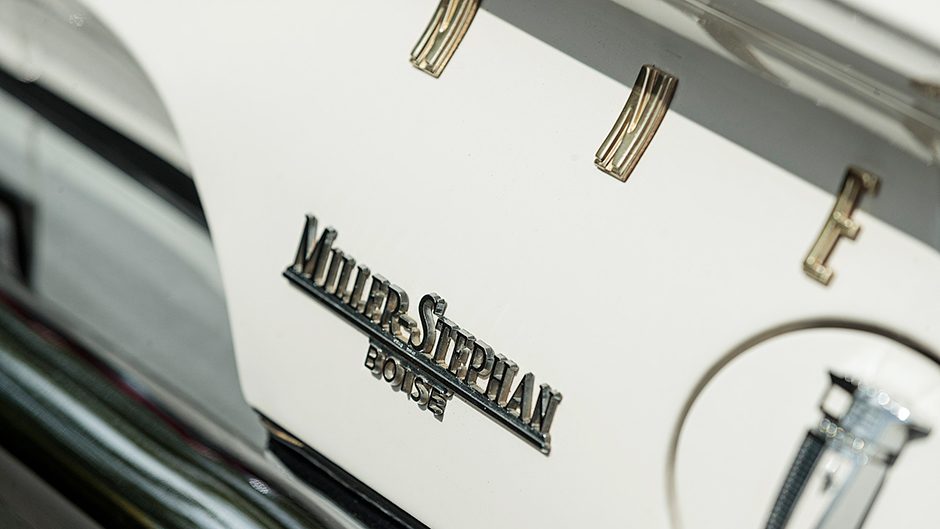
Balance is obviously important to Steve; “I dropped the front end by two inches, because it felt like the car was constantly driving uphill. Improving visibility was the main reason I did it, but I like how the car looks as well – that gently sloping forwards stance really suits it.”
Steve says that wedding photographers also love the Bonneville for the way it frames the happy nuptials without cluttering the images. With Mitchell’s choice of wrap-around windscreens front and rear, and no B-pillar for the frameless doors, it offers opportunities for clear shots like few classic cars.
Given that the 1960 Bonneville is quite literally a facelift of the ’59, it’s place in the history of the now-mothballed GM brand isn’t quite as important as the role played by its immediate predecessor.
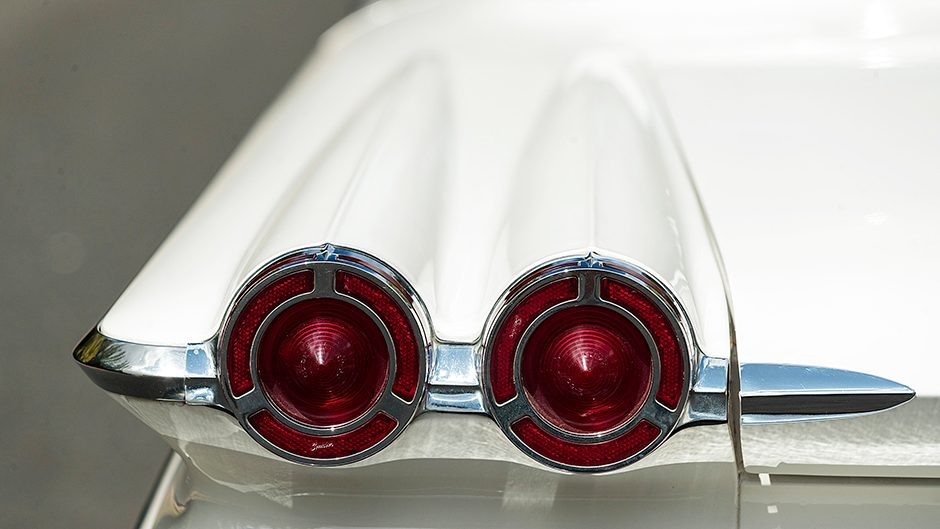
Rewind to 1958, and you’ll find the whole American car industry being affected by economic recession. When Bunkie Knudsen arrived to lead Pontiac, he knew he had to improve the image of a brand now seen as old-hat and off-trend. He quickly got rid of all the hoary Chief bonnet mascots, and cut the number of models with ‘chief’ on their nameplates to just one – the Star Chief.
Bonneville was chosen to link the production cars to the land speed record attempts being conducted by Mickey Thompson with Pontiac power. Given the ’58 Bonneville also won three major NASCAR races that year with subtly-disguised factory support, it was clear that Knudsen saw performance as a way to hook in younger buyers.
He went all out with the ’59 Bonneville. The V8 engine was enlarged to 389 cubic-inches (6.4 litres), and was fitted with hotter camshafts and higher-compression pistons. Even the two-barrel carb, 209kW version could hit 100km/h in under nine seconds, while 257kW Tri-power models had a top speed of 197km/h – freaking fast for a 1950s American family car. Knudsen also successfully negotiated for Pontiac to be allowed to participate fully in NASCAR, and the Bonneville won six high-profile stock car events that year.
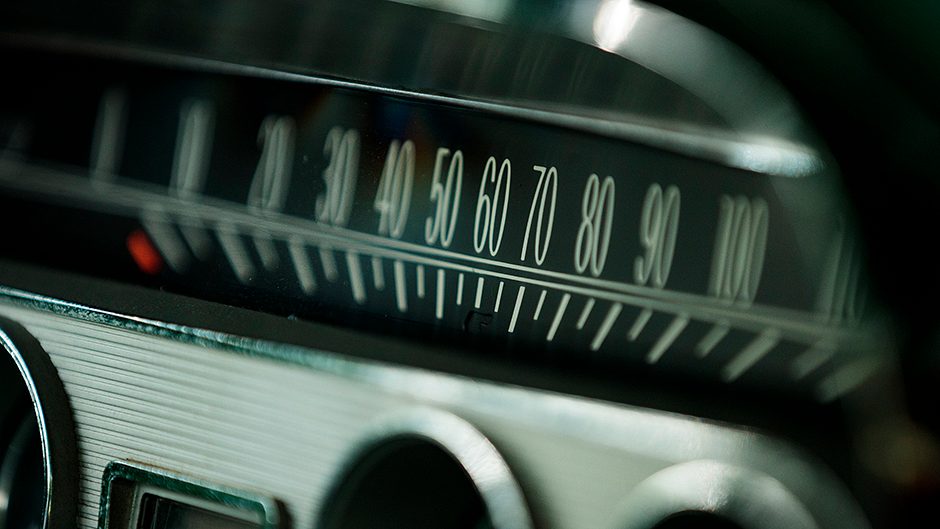
Topping everything though was the flat-top roofline that really updated the look of the Pontiac, setting off the new B-body architecture beneath the ’59 Bonneville. Pontiac’s marketing department made much of the extra five inches added to the width of the car, with an advertising campaign hailing all the handling benefits of the new ‘wide track’ design.
The new split-grille at the front of the car was highly distinctive, and was something that chief Pontiac designer, Paul Gillam, had been attempting to introduce to the brand’s designs since 1955. Each time, he was overruled by the imperious Harley Earl.
There’s little doubt that the design team had produced one of the great American car designs. Many hail that model Bonneville to be the cleanest and the best-looking car of all the ’59 models released by GM. It also got a good rap from the press, particularly when Motor Trend crowned the Bonneville as its 1959 Car of the Year.
The car proved to be a strong seller too. Overall, Pontiac sales improved by 75 per cent when compared with the dismal performance of the brand in 1958, mostly on the back of Bonneville sales. The dealers were happy, the customers loved the car; but there were just two influential men who weren’t satisfied with the 1959 Pontiac Bonneville. Both GM design chief Mitchell and Pontiac boss Knudsen expressed a dislike of the split-grille.
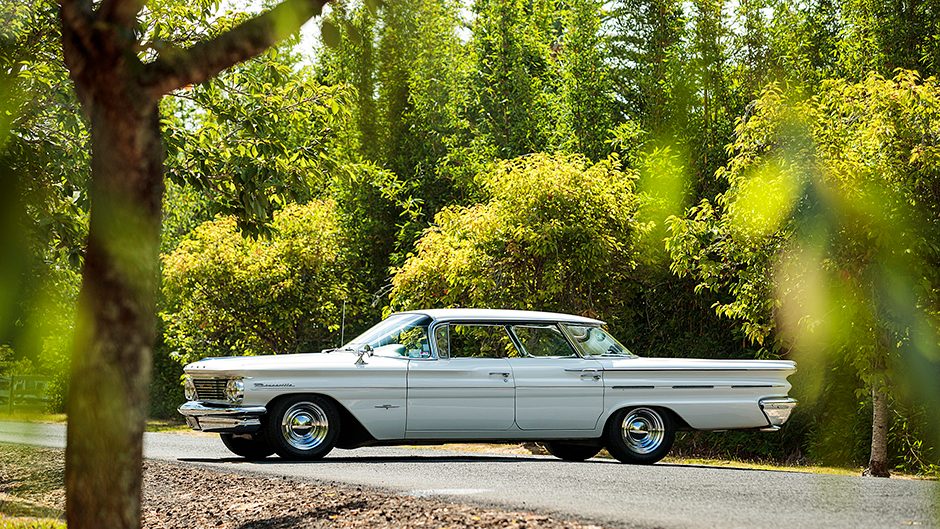
Hence Mitchell decreed that the 1960 model would revert to a single horizontal grille, despite the objections of almost the entire Pontiac design team. Mitchell obviously wanted a less garish-looking car, and other changes included the pruning away of the tail-fins to create a flat boot-line, finished by four high-mounted tail-lights styled to look like rocket exhausts. With the order to develop a completely new front end, the Pontiac designers did try to make it look as distinctive as possible. Evidently, the V-shaped kink in the middle of the horizontal grille bars was inspired by the front-drive Miller Indy racers of the 1920s, although it’s hard to see the connection.
Mechanical changes for the 1960 model year concentrated on keeping the engine cooler by replacing the V8’s innovative reverse-flow cooling system with a more conventional system. The Hydra-matic automatic gearbox was given a case redesign to enable it to be mounted lower to promote the handling advantages of the ‘wide track’ chassis. A Borg-Warner T10 four-speed manual gearbox was made optional, although only 722 of these three-pedal Bonnevilles were made.
Today, even the more popular automatic versions of the car are hard to find. Steve reckons that there’s only one other four-door example like this one in New Zealand. Riding in the car with him, I could see why he negotiated for it to be his in the divorce settlement. It’s a smooth, comfy ride, and the huge torque output of the big-block V8 easily overcomes any performance handicap that the 1800kg mass figure might place upon it. And ‘Bunkie’s Baby’ certainly is a beauty, both inside and out. That’s even without the split-grille; a feature that would soon go on to define Pontiac when it was revised for the 1961 models.


